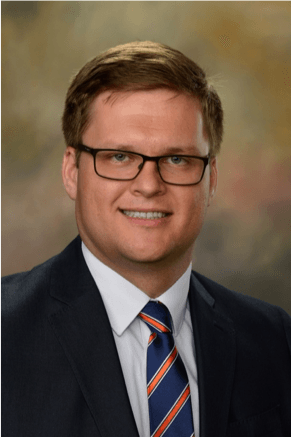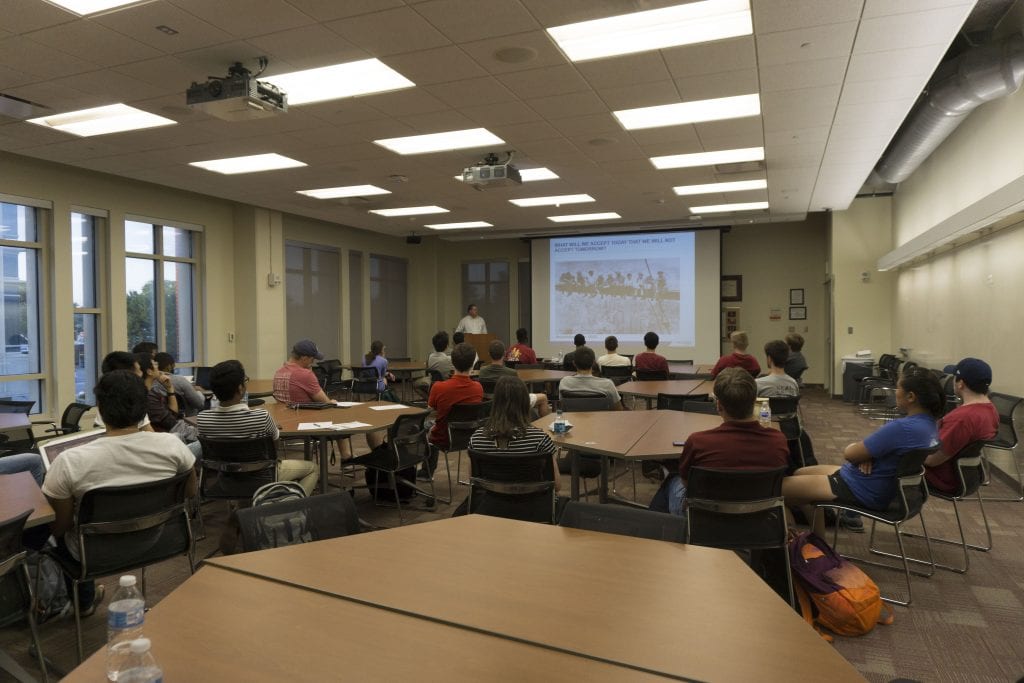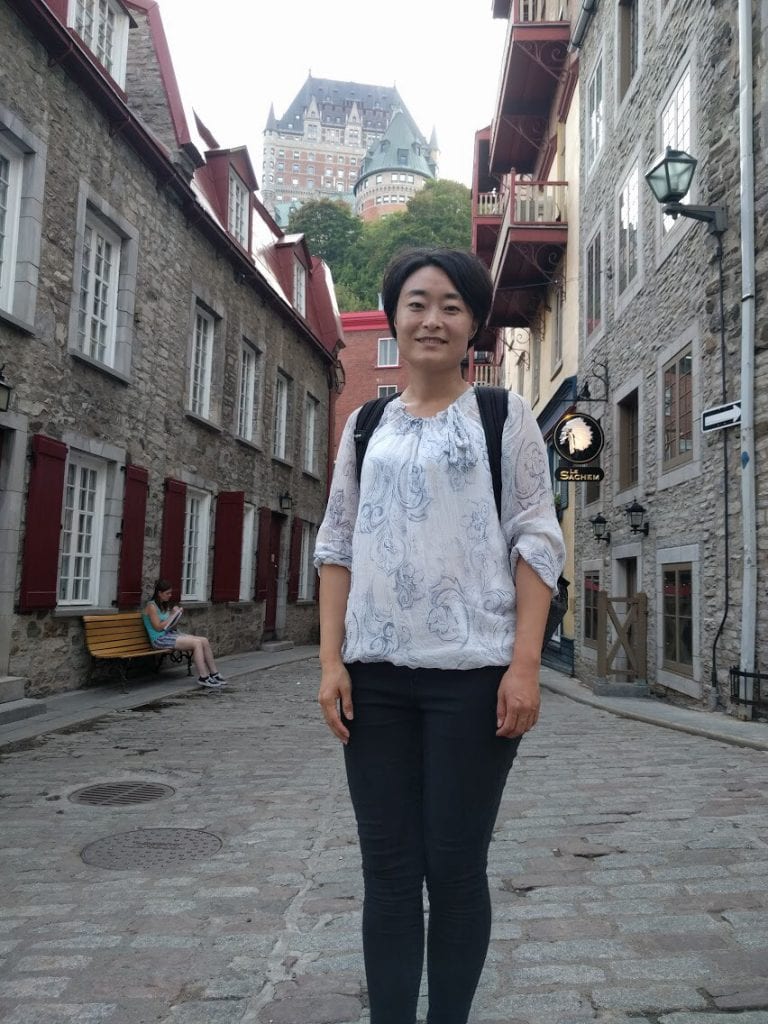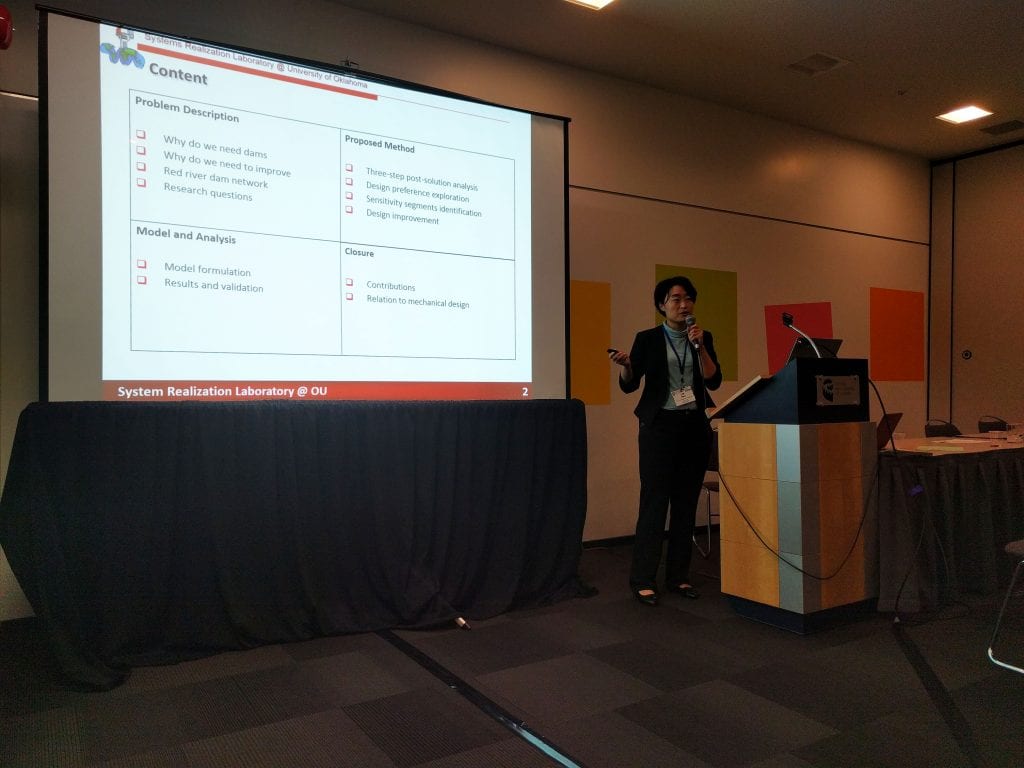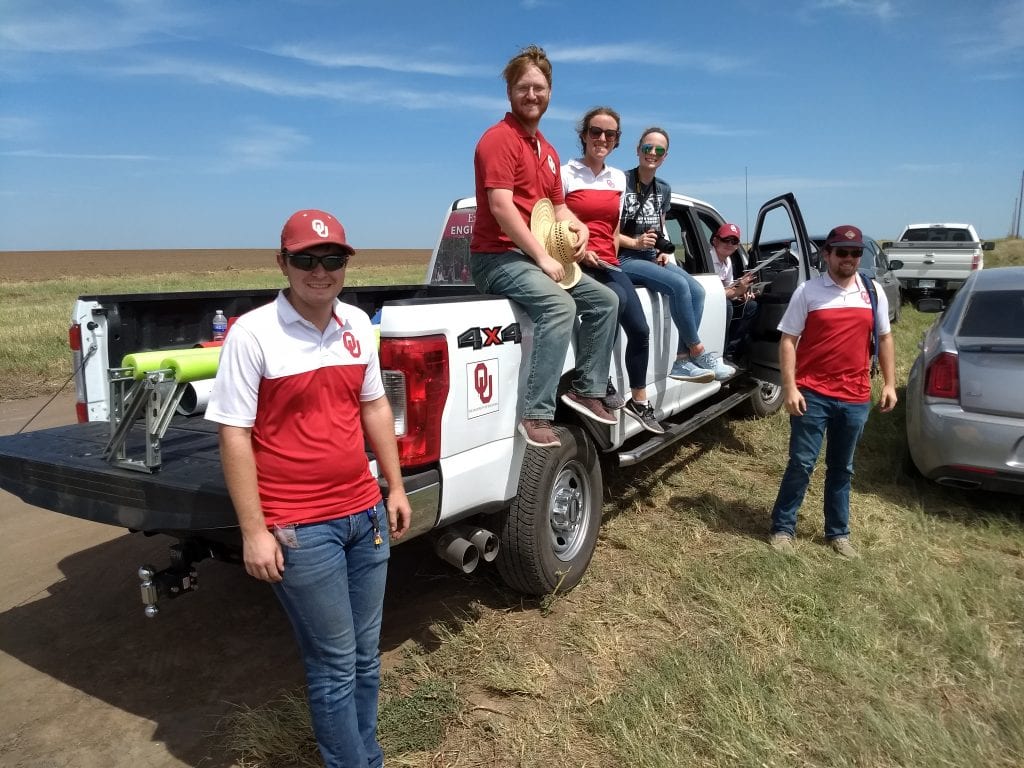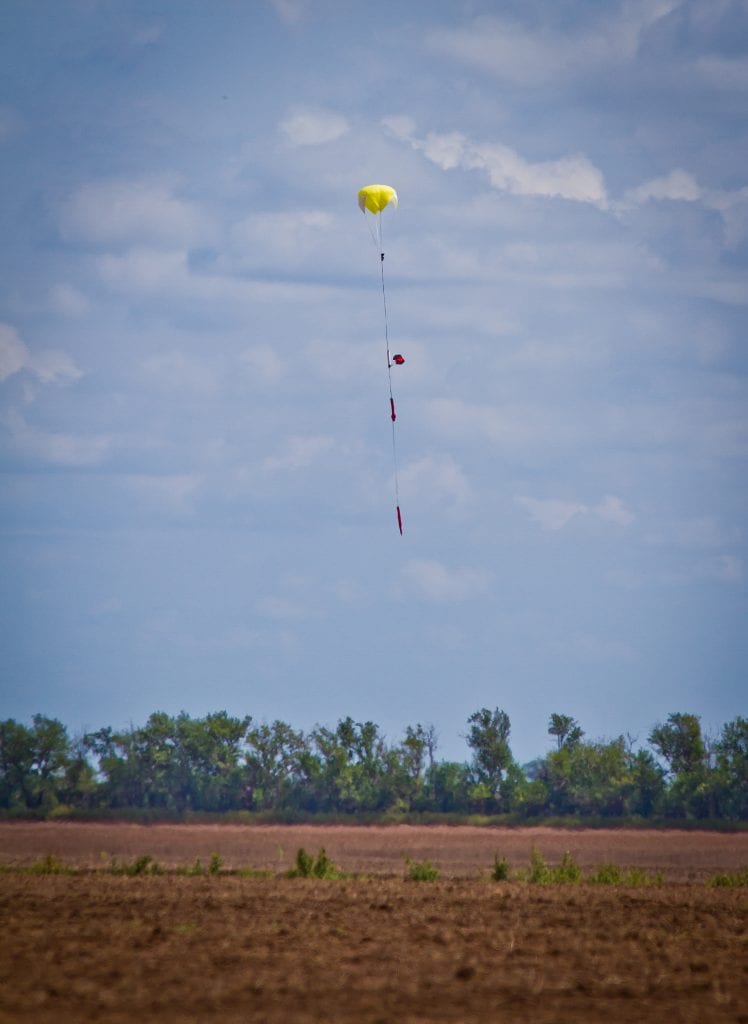This past Friday, AME had the honor of observing a presentation from Auburn professor Russell W. Mailen Ph.D. Mailen is an Assistant Professor in the Department of Aerospace engineering at Auburn University. His research focuses on the time-dependent properties of polymers, polymer composites, and computational modeling of shape memory polymers.
His presentation was over Thermo-Mechanical Behavior of Light Stimulated Shape Memory Polymer Sheets. In general, he is researching self-folding systems that use heat to cause motion. His research objectives include:
- Formulating and implementing a coupled thermo-mechanical model into a 3D nonlinear finite element framework
- Model material recovery in response to heat. (Validate model through uniform shrinkage and Demonstrate hinged folding which is critical for self-folding origami)
- Generalize model for different coupled thermal and mechanical loading conditions to obtain optimized origami structures (Optimize structures by control of thermos-mechanical response to external stimuli)
Thanks to Professor Yingtao Liu who reached out to Mailen to come to OU and thanks to him for an interesting and dynamic presentation!
If you are interested in more information on his research, here is his abstract:
Shape memory polymers (SMPs) represent a class of active materials that can change shape in response to external stimuli such as heat, light, and solvents. Although SMPs have many applications, we are primarily interested in using the material as environmentally responsive actuators for self-folding origami structures. Previously, we developed a method to activate SMPs using light. Ink patterned on the polymer surface absorbs thermal energy from an infrared (IR) light which results in localized heating and shrinking of the sheet. The shrinking behavior can be harnessed to produce folded and curved structures. We investigate the thermo-mechanical response of this system by developing a three-dimensional (3D), non-linear finite element model. This model accounts for external heat sources, such as the IR light, as well as internal heat generation caused by dissipation of viscous energy. The model shows how the coupled thermo-mechanical loading conditions affect folding and unfolding of SMP sheets in response to localized heating in ink patterned regions. We conduct a parametric study of sheet thickness, hinge width, degree of pre-strain, and hinge surface temperature, and we demonstrate methods for generating 3D, curved structures. Self-folding can be used to obtain 3D structures from planar sheets for an array of applications, including medical stents, antennas, and engineered, origami applications, such as space telescopes.
